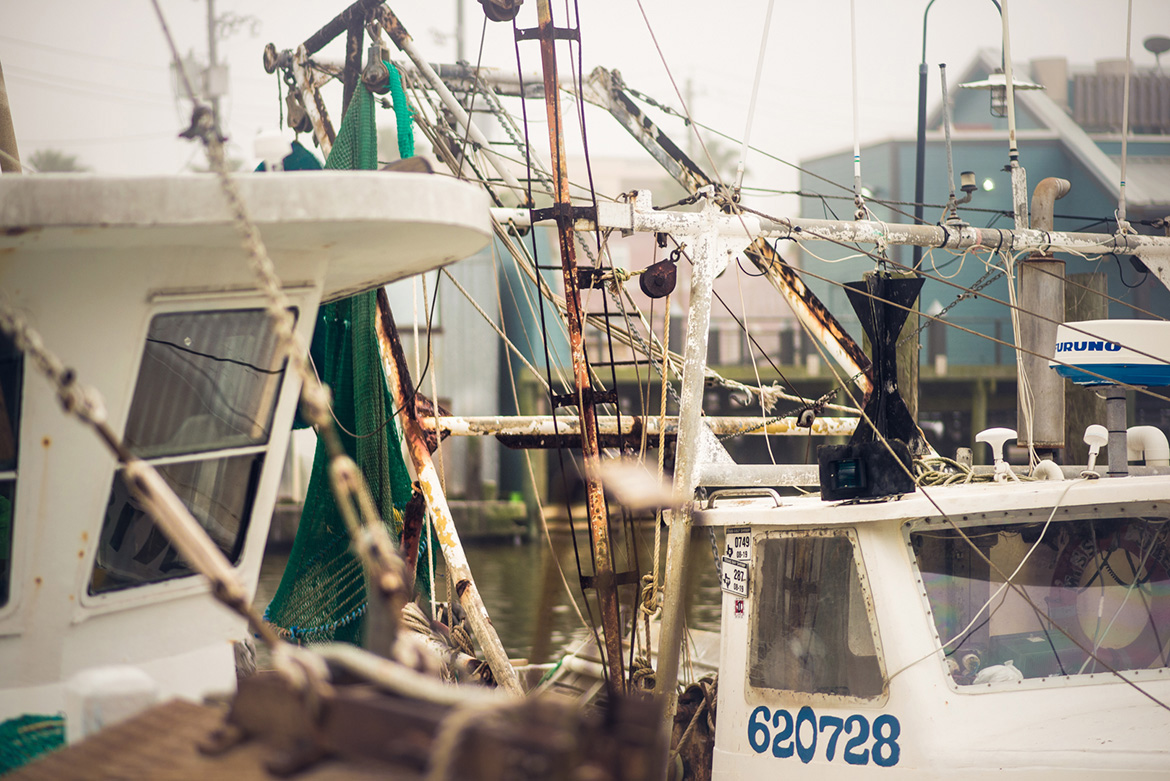Are we late to the dance? Domestic aquaculture: A dying industry in need
By Jordan Lynch, Guest Writer

|Photo: Alinoe Roussie
We are nearing a crossroad in resource allocation and availability. Nearly 90% of the world’s fisheries are fully exploited, overexploited, or depleted. Human population will be 9.6 billion by the year 2050. When that day comes, we will have added 2 billion people to the already 815 million who are hungry and undernourished in the world today. We are not prepared.
Seafood represents the most traded food commodity in the world at 171 million metric tons and rising. Nearly half of that, around 80.05 million metric tons, is provided by aquaculture—the farming of aquatic organisms. China, India and Indonesia are the top three producers representing 61%, 7.1%, and 6.2% of global production respectively. And where does the U.S. sit? At 645,000 metric tons, we contribute only 0.8% to this multi-billion-dollar industry. Bravo, America.
Americans will fight for the green revolution, but what about the blue? The United States is ranked third in the amount of wild fish extracted from our oceans, yet we import 90% of our seafood? Something doesn’t add up. Much of our wild caught fish is exported, while most of the fish Americans eat comes from other countries, leading to what is known as a seafood trade deficit. How can we let this be when utilization of only 0.01% of our Exclusive Economic Zone for marine aquaculture facilities would provide enough food to meet our national demand, but we instead spend $14 billion on seafood importation?
One of the largest reasons for this continued dependence on importation originates from the negative stigmas tied to aquaculture—antibiotic use, improper management, negative environmental impacts—many of which stems from the same places that we purchase our fish from. Yet, we are not perfect in America either. For example, a recent escape event in Washington led to the release of 300,000 Atlantic salmon, posing risks to local ecosystems. Fortunately, the biology and ecology of this species hinders it from establishing in Pacific waters, but problems such as these fuel the fire of caution around this industry. As such, improving the field of commercial food fish production, from feed formulation to handling practices, will be necessary to minimize these risks and provide greater assurance for the effectiveness of this practice.
Instead of hindering the growth of domestic aquaculture to prevent these types of issues from occurring, we should instead be investing in and striving for change in materials, protocols, and farm management. Nutrition is a continuously growing field that aids in reduction of the negative environmental impacts of aquaculture, as is health management. Technology and innovation shape nearly all aspects of our lives today and as aquaculture systems advance, they too will see changes for the better. The sooner we increase our support, the sooner we will see these changes for good, and the greater our capacity to produce our own seafood.
The potential for domestic aquaculture exists, however, the industry is aging. Many within the workforce are nearing retirement, creating a growing need at all levels. We need politicians and regulators who will support domestic aquaculture. Teachers, professors and extension agents to broaden the knowledge base and train futures generations. Researchers to supply that knowledge, ask new questions and discover new solutions for the industry. Aquaculture engineers to design and oversee the establishment of new facilities. And investors and entrepreneurs willing to financially support what has become a global, billion-dollar industry.
With human population expected to sky rocket in the coming decades, and with it, a growing demand for healthy proteins, we are doing ourselves and the entire world a disservice by not supporting domestic aquaculture as we should. No matter your position, from students, to nearing retirement from the industry after a long, fruitful career, to the family who just enjoys fish fry Fridays, it will be up to us to do all that we can to support domestic aquaculture production. And by doing so, we can continue to develop it in a way that sets an example for the world around us, and helps it flourish as not only a sustainable industry but a sustainable source of nutrition as well.
Tweet![]()